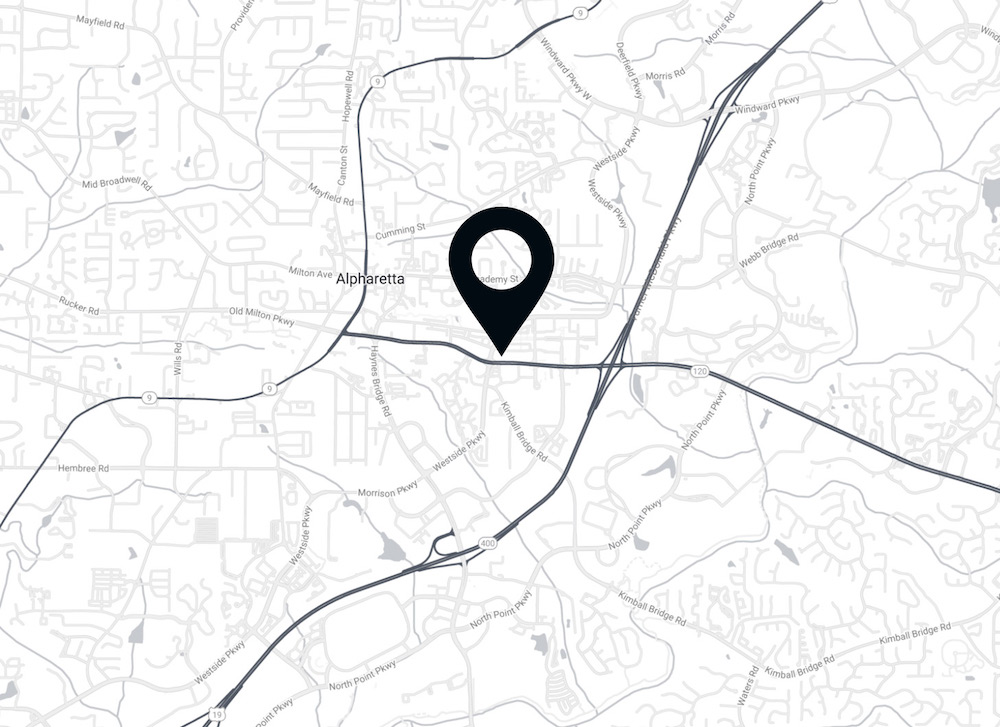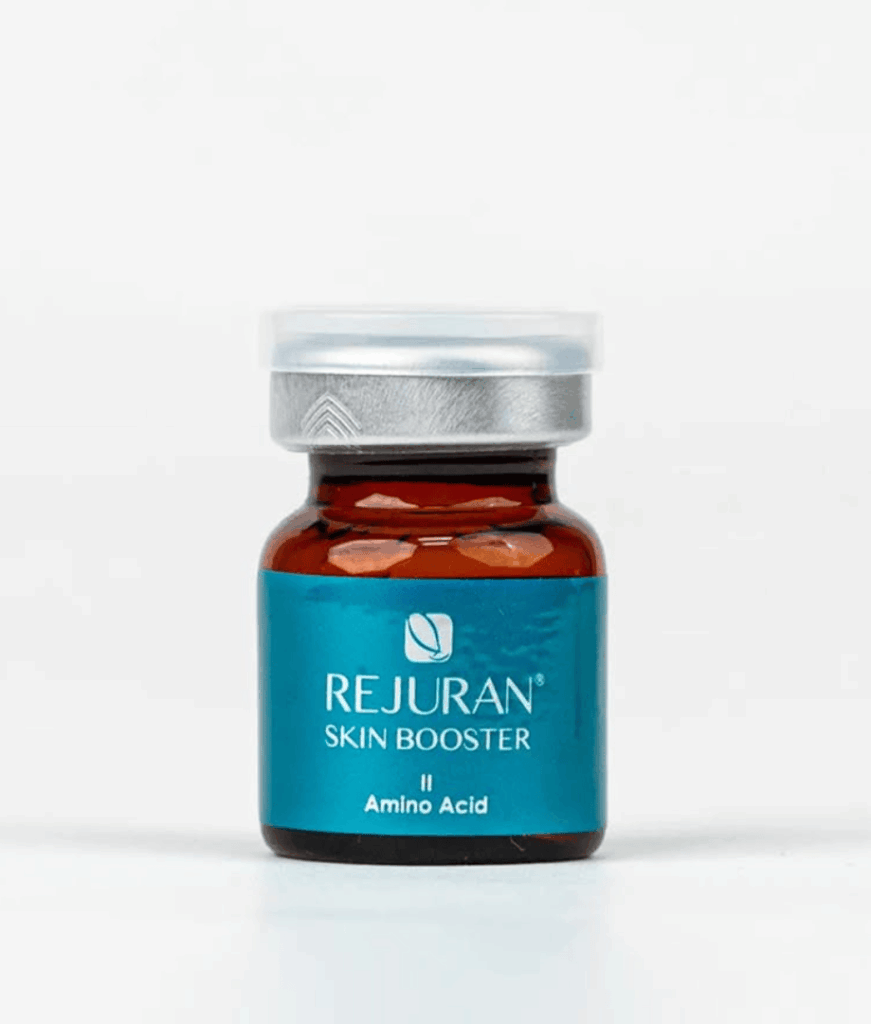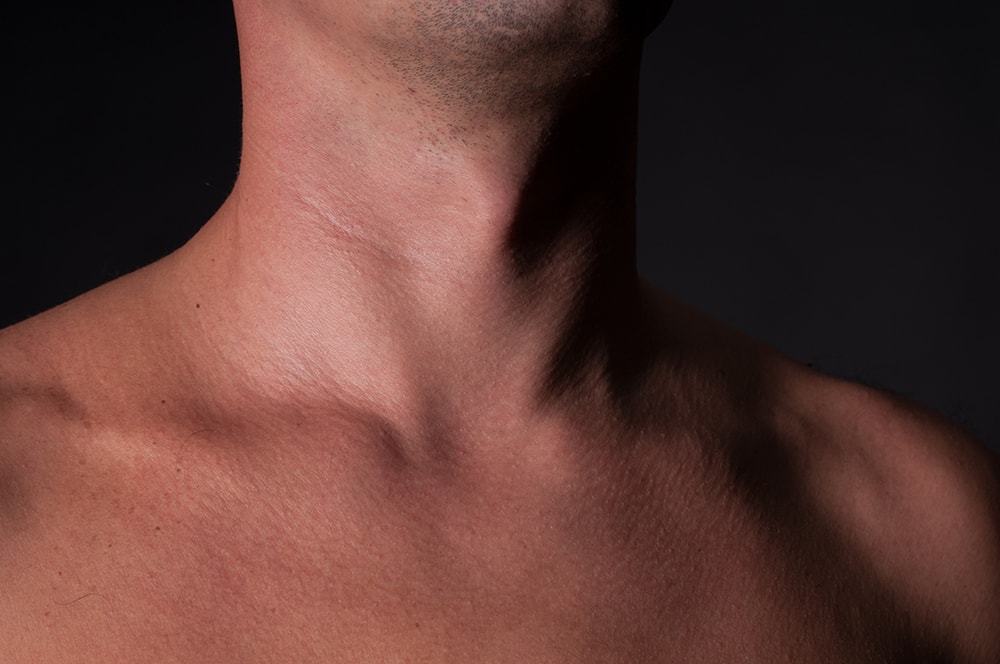We can perform chemical peels of differing strengths to rejuvenate the skin and promote new cell growth. A chemical peel, also known as chemexfoliation or derma peeling, is one of the least invasive ways to promote the appearance of the skin. It is a non-surgical procedure that applies a chemical solution to the top layers of skin, which works to peel away and destroy damaged or dead cells. Through this peeling process, a rejuvenated layer of skin is left behind. Chemical peels are performed on the face, neck, and hands. We offer various types of chemical peels; each can reduce the appearance of wrinkles, scars, and uneven pigmentation, as well as treat pre-cancerous skin lesions
- Recovery Time: 1-2 Weeks
- Procedure Recovery Location: Outpatient
Types Of Chemical Peels
Superficial/Light Peels
A superficial peel exfoliates the top, most outer layer of the skin in order to remove overlying dead skin cells. These peels consist of Alpha Hydroxy or Beta Hydroxy acid and generally take 3-4 days to complete the peeling process. It is the mildest peel available with the fastest recovery time and the lowest average cost. The results, while effective, are a bit limited compared to a more aggressive peel, and do not last as long.
Medium Depth Peels
A medium depth peel consists of Trichloroacetic acid (known as a TCA peel). It penetrates the skin more deeply than the superficial peel, with stronger effects. The trade-off, however, is a less comfortable procedure with a longer recovery time. This procedure also costs more than a superficial peel. Recovery can take a full week or longer.
Deep Peels
A deep peel is the harshest of all chemical peels. It is also the most expensive and has the longest recovery. However, this peel, containing Phenol, does have a much stronger effect and can combat more persistent problems, such as skin lesions and deep wrinkles. Deep chemical peels tend to bleach the top layer of the skin. Therefore, it is not recommended for darker skin tones. These are reserved for individuals with skin wrinkling around the lips, deep wrinkles from sun exposure and deeper scars.
During/After The Procedure
The process for applying a chemical peel is generally the same for each type, but will vary slightly depending on the level of solution being applied. Anesthesia is not used during this procedure. However, it may be considered for Phenol peels. First, the face is thoroughly cleaned. Then, the chemical agent is brushed on the skin. Patients will experience some mild stinging at this time. The face is then washed and a cool saline compress is applied to act as a neutralizer. Patients will need to wear sunscreen and limit sun exposure as much as possible.
“Everyone here is so helpful and they do AMAZING work! From plastic surgery to botox! I always feel beautiful leaving the office. 1000% recommend them!"
Chemical Peel FAQs
Does A Chemical Peel Hurt?
A chemical peel does not hurt. However, it may cause some discomfort. Most patients will feel tingling and a slight burning sensation, which will subside shortly after the procedure has been completed. Phenol peels result in a greater degree of discomfort, but the practitioner should plan for this before the procedure begins.
Can I Combine Procedures?
It is very common to combine a chemical peel with another procedure. BOTOX, an injectable filler, and Microdermabrasion are all procedures that provide effective results when combined with a peel.
How To Choose?
There are many alternatives to consider. Individuals looking to reduce fine lines, blotchiness and other mild skin conditions may benefit from a chemical peel, which removes dead skin cells and accelerates the generation of new skin. If deep wrinkles are the issue, a Phenol peel may help, but patients may also want to consider another treatment such as BOTOX or Dysport.



